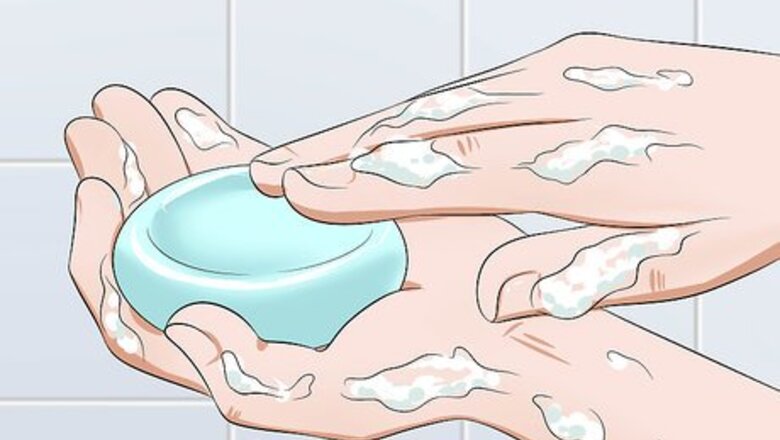
views
Caring for Your Hamster
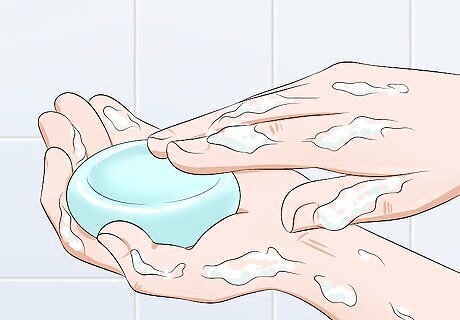
Clean your hands. Hamsters don’t have great eyesight, which means they will navigate by smell. If your hands smell like something, especially something tasty, your hamster may bite your hand thinking it is food. If you are going to reach into the cage for any reason, make sure your hands are clean so your hamster can recognize your scent and know you are safe and friendly.
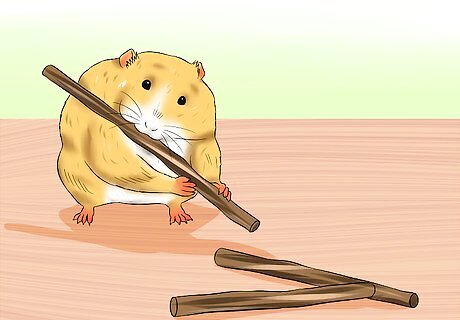
Give your hamster something to chew on. Hamster teeth will grow for their whole lives. To keep them from getting too long or too sharp, make sure you give your hamster something to gnaw on like wood or twigs. This is healthier for your hamster, and will make bites less painful.
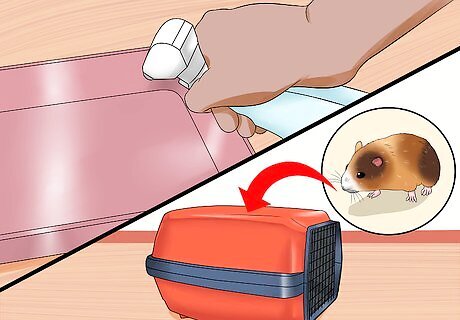
Find a place to keep your hamster when cleaning. You don’t want your hamster running around while you are trying to clean the cage. It will probably get startled, and may bite as you move around the cage. Make sure you take it out and put somewhere that it can’t get loose. A small animal carrier is a good place for a temporary stay. A hamster ball is not a good idea. If you put your hamster in a ball, you need to keep an eye on it at all times to make sure it doesn’t get overheated, or roll the ball down the stairs or to another place it can get hurt. That’s pretty hard to do when your concentration is on cleaning the cage.
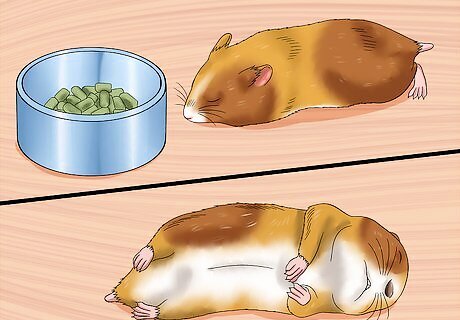
Check to see if your hamster is injured. Hamsters that are hurt may become more aggressive, and bite to show their discomfort from a serious injury. When you pick up your hamster to take it to the vet, make sure you wear gloves as a precaution. Some other signs that suggest your hamster is injured include refusing to eat, bleeding, swelling, limping, labored breathing, squeaks or cries of pain, or sleeping more than usual. Keep an eye out for wet tail, a serious disease. If your hamster’s rear area gets wet and stays that way, you’ll need to take it to the vet. Wet tail comes from unclean cages, so make sure you clean out the cage regularly.
Preventing Your Hamster From Biting
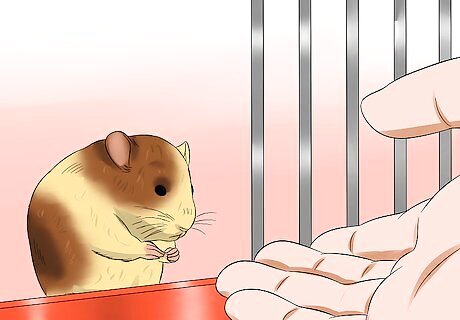
Condition your hamster. Hamsters don’t like being touched or handled by unfamiliar people. When you get a new hamster, slowly ease into putting your hands near it. This will condition him to your presence, and prevent nervous biting. When you first introduce a hamster to its new cage, leave it alone for a few days to get accommodated to these new surroundings without you. After a few days, slowly place your hand in the cage when the hamster is awake. Don’t go near it. Instead, let the hamster come to you. Treats can be a good way to encourage your hamster to check out your hand. Once your hamster is comfortable with your hand, you can move to petting, then picking up. Make sure you cup your hands under the belly to scoop it up gently, but securely.
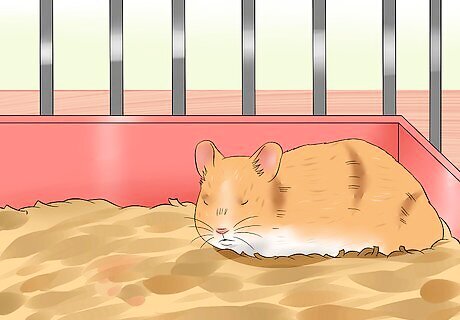
Make sure your hamster is awake. Hamsters can get very grumpy when they sleep, and can bite once they wake up. While you may want to pick up and play with your pet, it is better for you both to let it sleep. Hamsters are nocturnal creatures, so they are less active and awake during the day. Your hamster will probably most active and willing to be touched in the early evening.
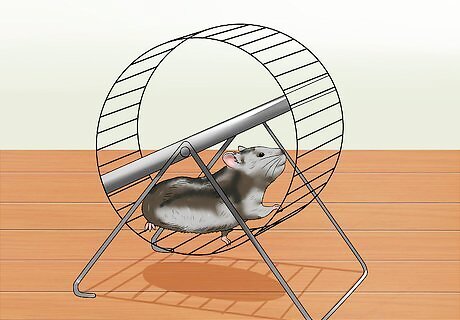
Give your hamster some exercise. One reason hamsters may bite is because they are bored or restless. Make sure your hamster has an outlet for his energy. You can take it out of the cage to let it run around freely in a carefully watched setting, or maybe even in an exercise ball. In the cage, you can consider plastic tubes to explore, or a solid exercise wheel.

Wear gloves. If you have a particularly aggressive or sick hamster, it’s probably a good idea to wear gloves when putting your hands into the cage. Thick gardening gloves should be enough to let you keep a grip on your hamster while not letting its teeth get into your skin.
Caring for a Hamster Bite
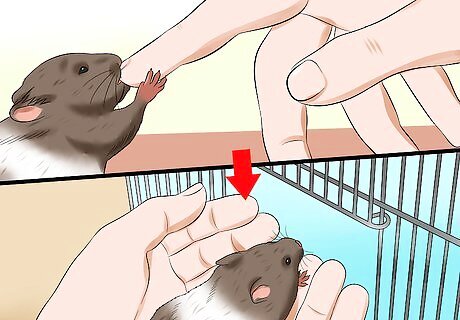
Remain calm. If you are bitten, don’t overreact, and avoid doing things to excite the hamster. Don’t shake or shout at your hamster. This will only scare it, and make it more likely that it'll bite again. If you are holding the hamster when it bites you, slowly lower it back into the cage. This should cause the hamster to release its grip. If that isn’t enough, slowly pry its jaws open to get your skin out of its mouth.
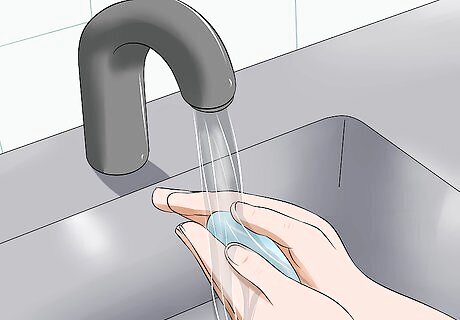
Clean the wound. Hamster bites can break the skin if their teeth are particularly long, but for the most part should be treated as a minor wound. Wash with soap and water to clean off any blood and pat the wound dry with a clean cloth. If the bite does create a deep puncture wound, and your skin is badly torn with lots of bleeding, apply pressure with a clean, dry cloth, and get to a doctor as soon as possible.
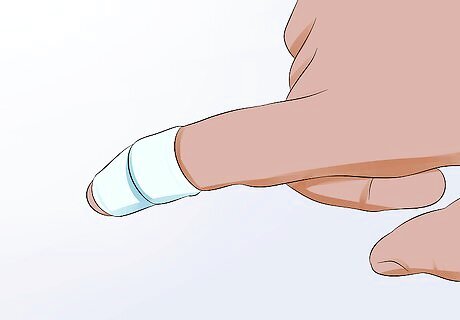
Bandage the cut. After cleaning up the bite area, you’ll want to make sure you prevent an infection. Apply an antibiotic cream to the cut, then cover with a clean bandage. Make sure the bandage covers the entire wound.
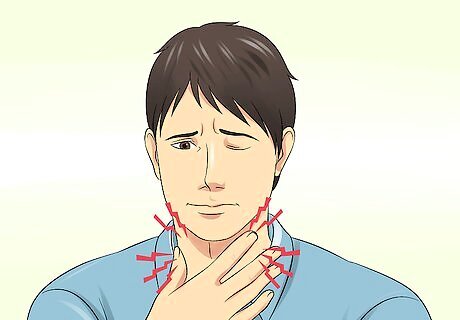
Watch for symptoms of other diseases. Like other animals, hamster bites can transfer bacteria and other disease to humans, including Lymphocytic Choriomeningitis, rabies, and tularemia. If you are bitten, keep an eye out for additional signs like fever, pain, and failure to heal around the bite area, which could be signs of a more serious problem. If you do notice more serious signs following a hamster bite, contact a doctor immediately. Rabies is extremely rare in hamsters. Unless the hamster is sick and acting unusual, and rabies is widespread in your area, you are probably not in danger. If you suspect the hamster may be rabid, go to your doctor immediately.














Comments
0 comment